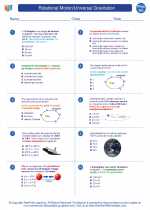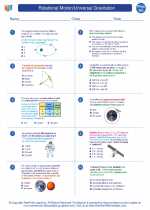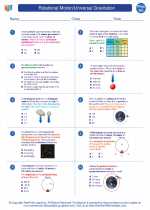Oral Cavity
The oral cavity, also known as the mouth, is the first part of the digestive system. It is responsible for a number of important functions, such as ingestion, mechanical digestion, and initial chemical digestion. The oral cavity is also involved in speech and vocalization.
Anatomy of the Oral Cavity
The oral cavity is made up of several structures, including the lips, cheeks, palate, tongue, and teeth. These structures work together to facilitate the process of ingestion and digestion.
Lips and Cheeks
The lips and cheeks form the boundaries of the oral cavity. They are made up of muscles and connective tissue, and their primary function is to keep food within the oral cavity during chewing and swallowing.
Palate
The palate is the roof of the mouth and is divided into two parts: the hard palate in the front and the soft palate in the back. The hard palate is made up of bone and is involved in mechanical digestion, while the soft palate is responsible for closing off the nasal passages during swallowing to prevent food from entering the nasal cavity.
Tongue
The tongue is a muscular organ that is involved in taste sensation, manipulation of food during chewing, and initiation of swallowing. It is also important for speech and vocalization.
Teeth
The teeth are responsible for mechanical digestion, as they break down food into smaller particles, making it easier to swallow and facilitating chemical digestion by increasing the surface area for enzymes to act upon.
Functions of the Oral Cavity
The oral cavity serves several important functions in the digestive process:
- Ingestion: The oral cavity is where food is taken into the body.
- Mechanical Digestion: The teeth and tongue work together to physically break down food into smaller particles.
- Chemical Digestion: Salivary glands in the oral cavity produce saliva, which contains enzymes that begin the process of chemical digestion.
- Speech and Vocalization: The oral cavity is important for forming sounds and speech.
Study Guide
To study the oral cavity, it's important to understand its anatomy, functions, and the processes that occur within it. Here are some key points to focus on:
- Memorize the structures of the oral cavity, including the lips, cheeks, palate, tongue, and teeth.
- Understand the functions of each structure in the oral cavity.
- Learn about the process of ingestion, mechanical digestion, and chemical digestion in the oral cavity.
- Explore the role of the oral cavity in speech and vocalization.
Understanding the oral cavity is essential for comprehending the initial stages of the digestive process and the important functions it serves in the human body.
.◂Physics Worksheets and Study Guides High School. Rotational Motion/Universal Gravitation

 Worksheet/Answer key
Worksheet/Answer key
 Worksheet/Answer key
Worksheet/Answer key
